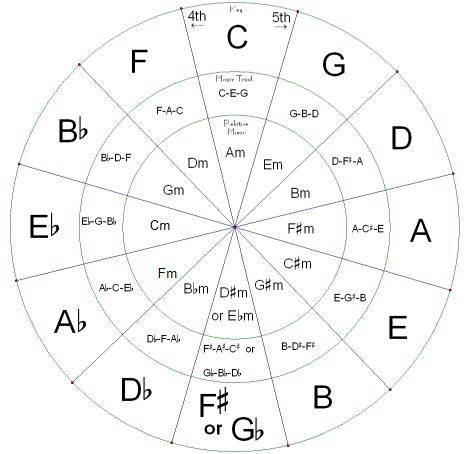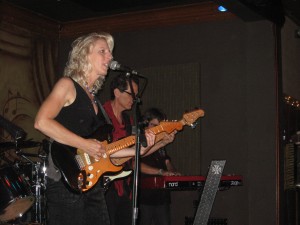Ever since I first started taking guitar lessons in 2009, I’ve fantasized about one day learning to sing. All my blues heroes from John Lee Hooker to Buddy Guy sing as well as play guitar. I’ve imagined being able to sing and play songs both solo and with a band, but I’ve had almost no experience singing. I never sang in a school or church choir. I don’t even sing in the shower very often. If I’m by myself in the car, I’ll try to sing along with familiar blues songs. Nevertheless, singing plays such a central role in the blues–the music evolved from field hollers and work songs without instruments–that it feels important to learn to sing.
Up until now it has seemed like I had enough of a challenge just learning the guitar, but now I’m taking a few baby steps.
It continues to amaze me that one could both play and sing at the same time. At my 2 April guitar lesson, I mentioned to my teacher that I had tried singing along (at home alone) with one of the “simplest” songs our ensemble does, Bill Wither‘s “Ain’t No Sunshine,” but couldn’t keep the chords going reliably. Jim assured me that it was a skill that could be learned. He had me sing the notes of the blues scale as I played it up and down the neck and then said I should continue to practice that.
I started learning the Circle of Fourths on the sixth and fifth string early on in my practicing. As Jim insisted, I always sang the notes as I played them. My focus was more on learning the notes on the fretboard than on singing. I continue to practice the Circle regularly.
Now I’ve made singing the notes of the blues scale a regular part of my practice. At my 17 April lesson, Jim had me sing and play the scales and said I had good pitch, which was encouraging.
This reminds me of my earliest guitar lessons when the simplest finger exercises were a challenge. I now know from experience that practicing leads to improvement, so perhaps singing the blues isn’t so remote a fantasy.

